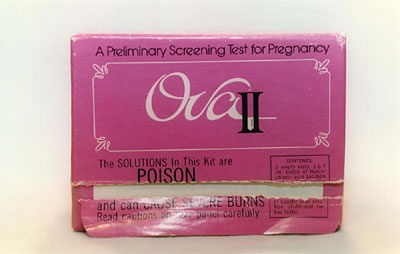...
| Div | ||||||||||
|---|---|---|---|---|---|---|---|---|---|---|
| ||||||||||
|
1970-1972
Scientists at NIH learned more about the properties of hCG. They were specifically interested in which parts of the hormone showed biologic activity. Using various methods, they identified two subunits of hCG and focused on the beta-subunit. They found that the beta-subunit is where the immunologic and biologic specificity of hCG resides (what makes it different from other hormones). Using animal models, they took advantage of this discovery to develop a specific antiserum for measuring the hormone in humans.
...


